Prusik Knot
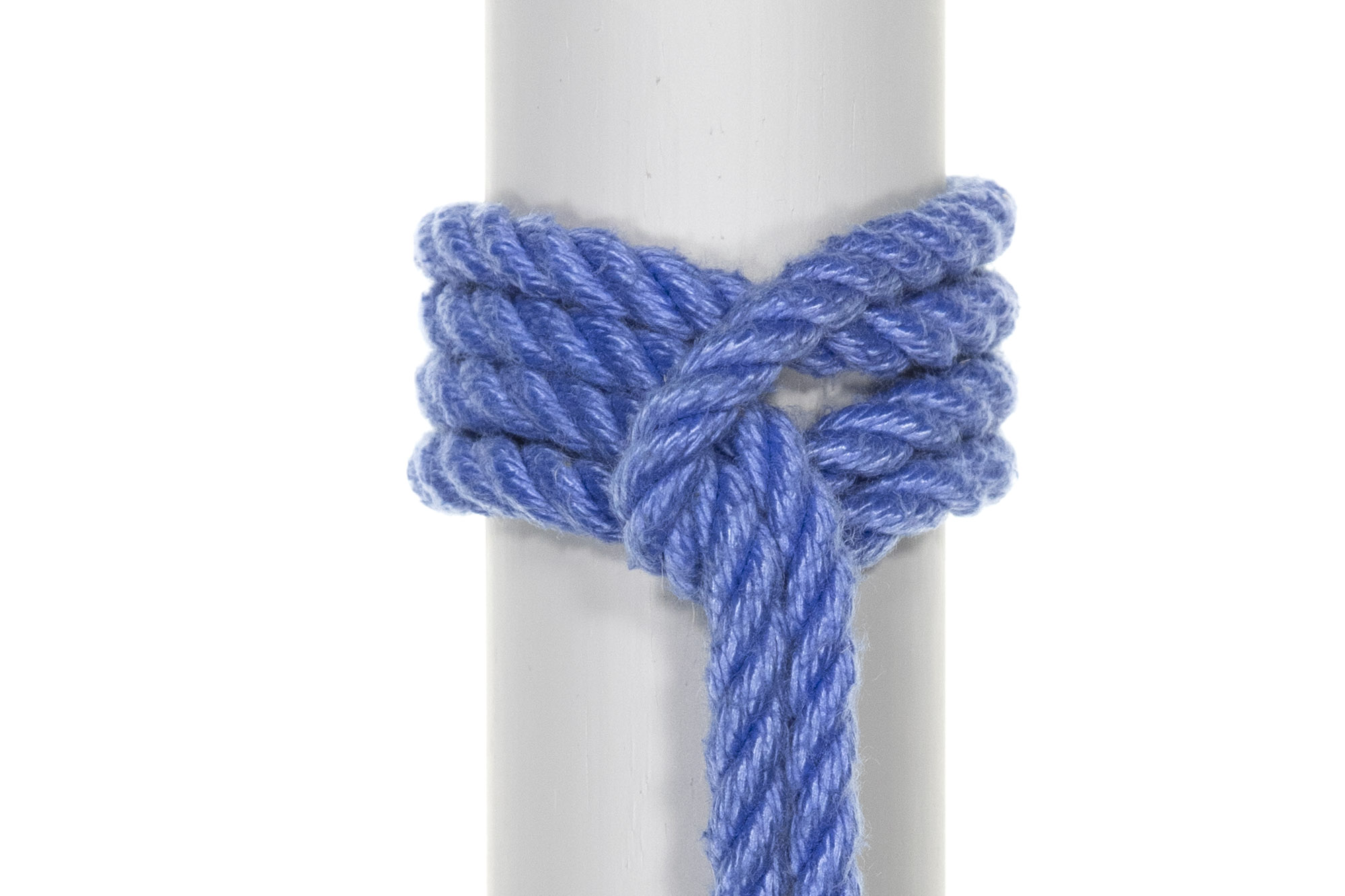
Climbers use the Prusik as a slide and grip knot in much the same way that we use the adjustable grip hitch. It’s generally too fiddly for us to use in that capacity, but it’s great for attaching to dancing poles. The icicle hitch works similarly—we usually prefer the Prusik, but the icicle hitch may hold a little better in some situations.
When to use it
When tying on a slippery surface, carefully set and tighten the Prusik before loading it.
Lazarus Redmayne at The Duchy has come up with some very clever applications of the Prusik.
Step by step
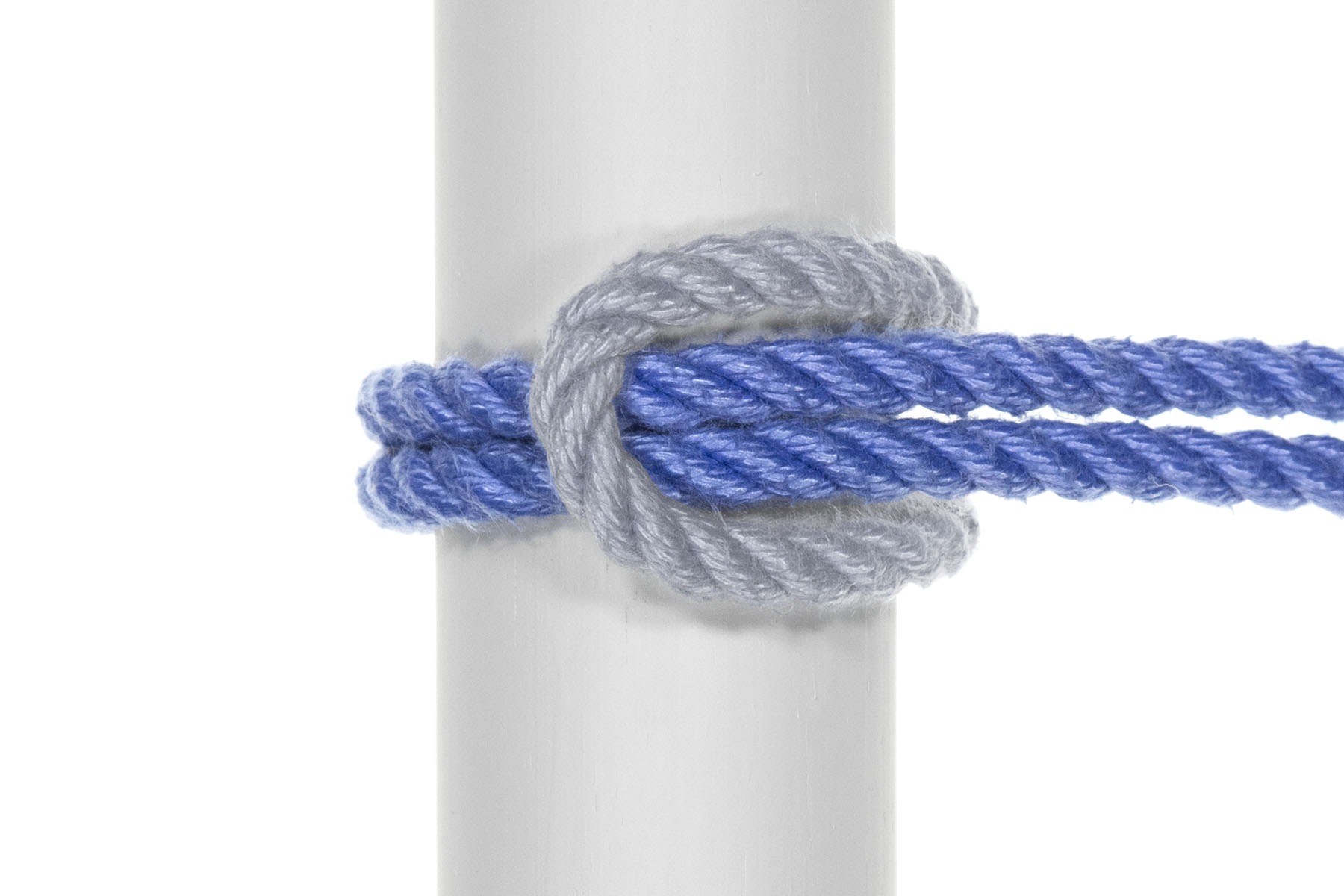
1Make a lark’s head around the pole.
Although a Prusik hitch is traditionally tied around a larger rope, we most often use it around a pole.
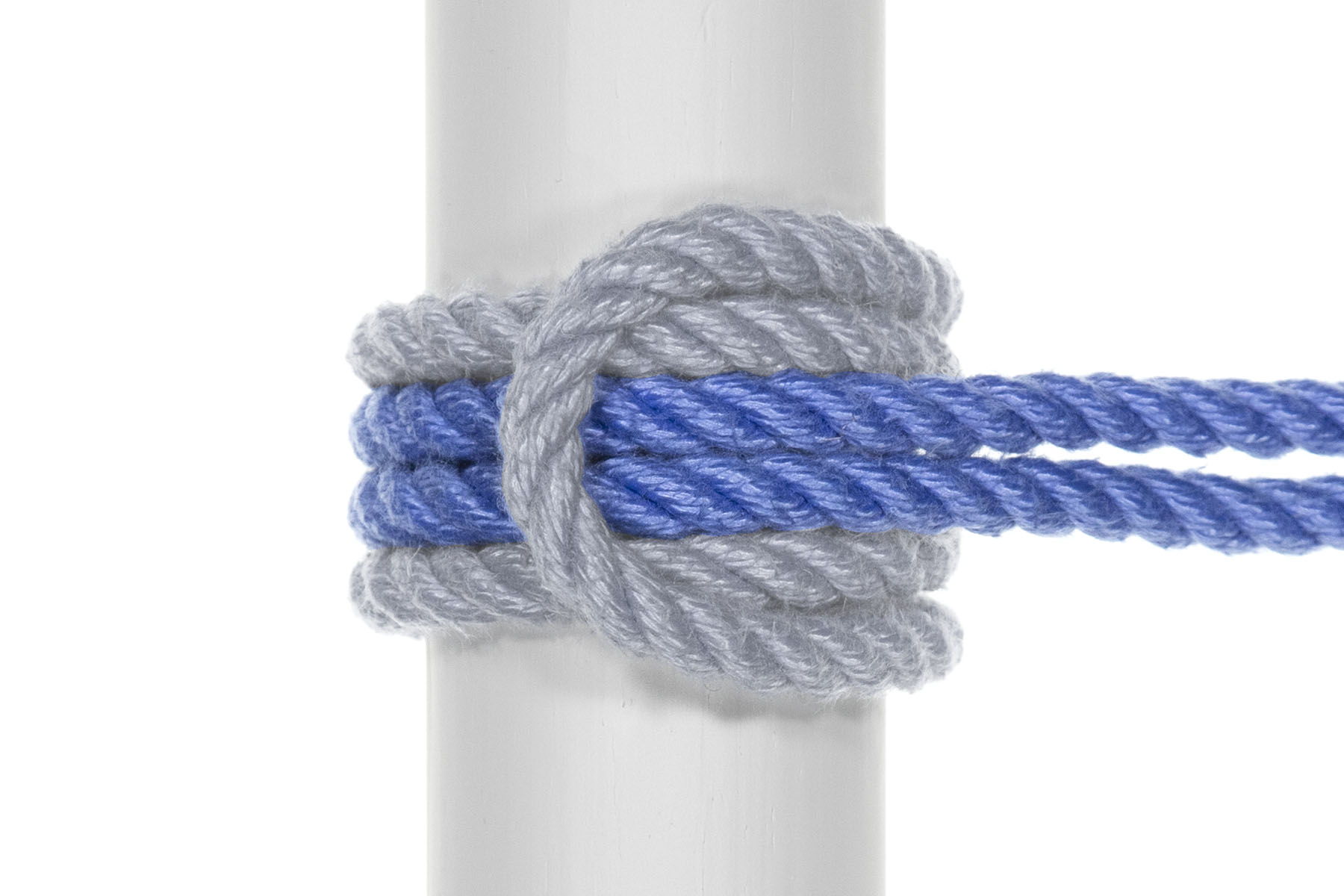
2Instead of doubling back, wrap the rope around the pole again, inside the two halves of the previous wrap.
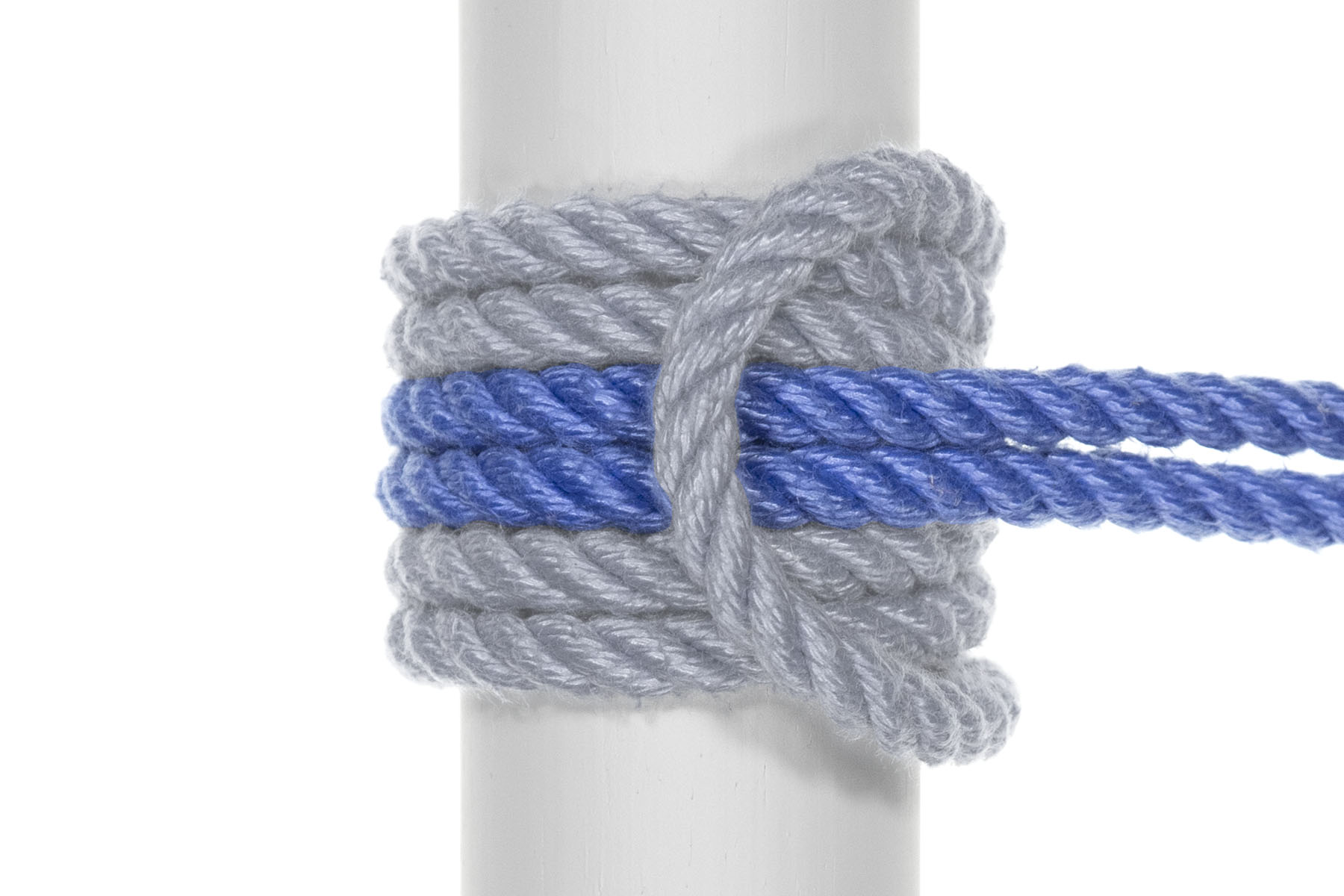
OPTION3In some cases, adding a third wrap will make the Prusik hold better.
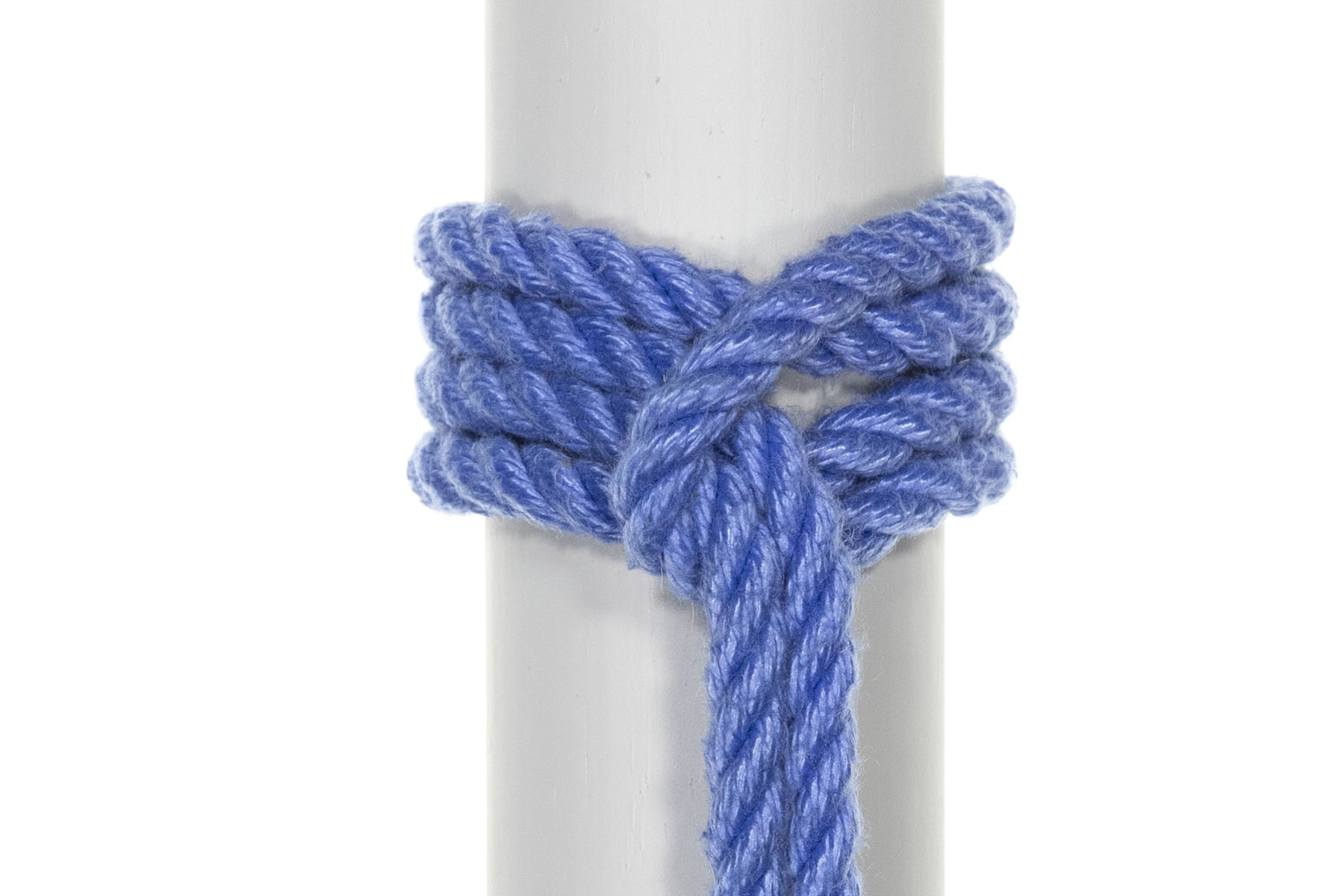
4Carefully snug the knot before loading it.
The Prusik performs best under constant, even loading.
Notes for nerds
References and naming
This knot is ABOK # 1763